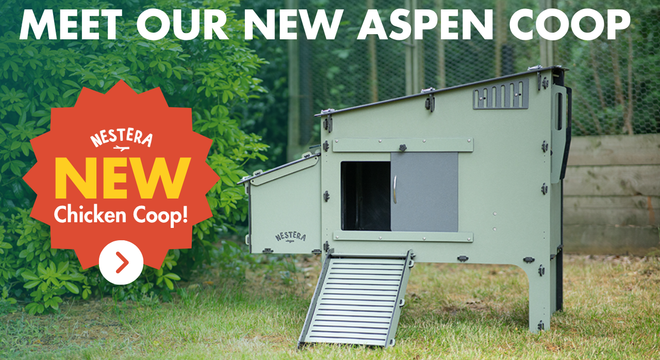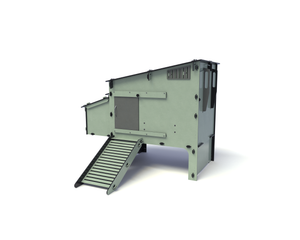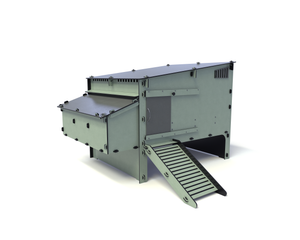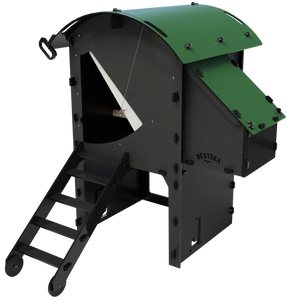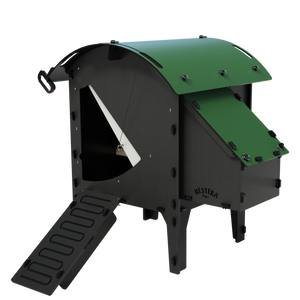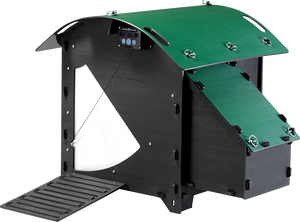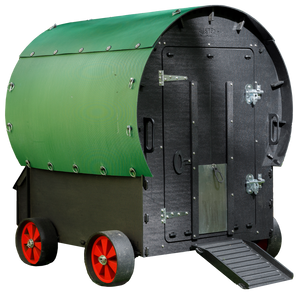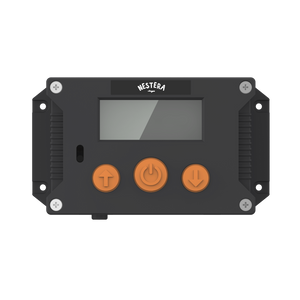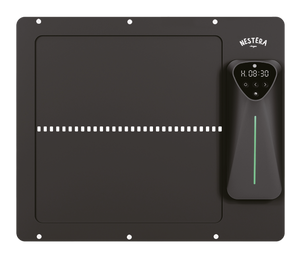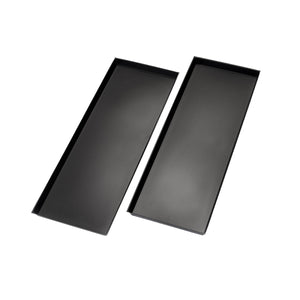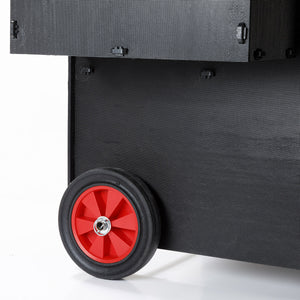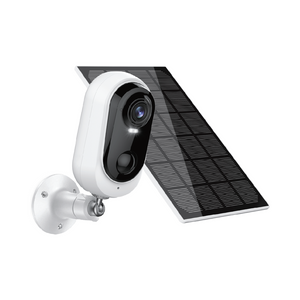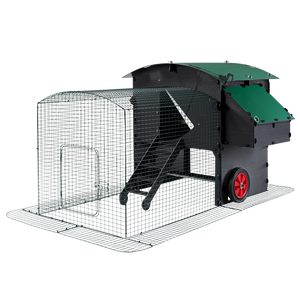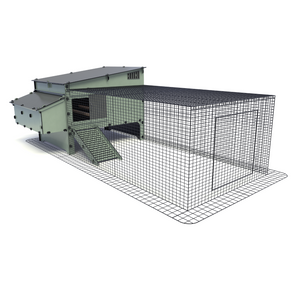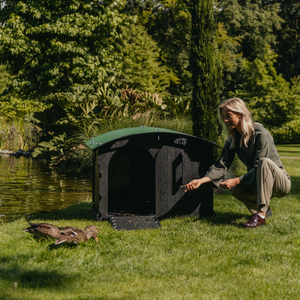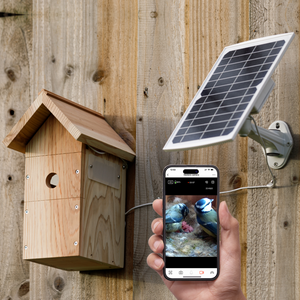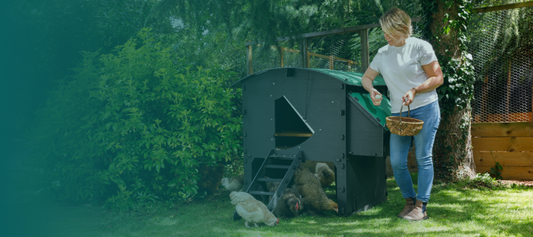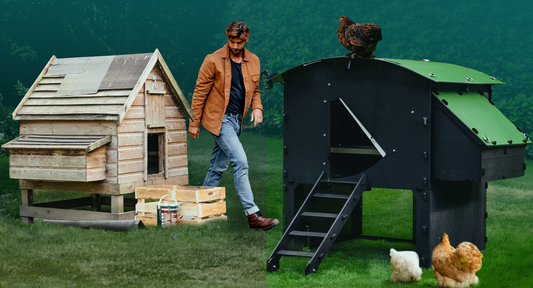As the seasons turn from Autumn to Winter we like to slow down, recharge and take stock of the past year.
Chickens are no different. The annual opportunity to pause laying, finish brooding young and moult their feathers marks the end of a bird's busy year. We generally prefer to spend more time indoors, cuddled upon the sofa with hot chocolate and a roaring fire. But what about our feathered family outside?
How do chickens stay warm and healthy in the Winter? The answers might surprise you!
Chicken Anatomy
Chickens, vertebrates, have tightly packed internal organs behind a ribcage. The massive blood supply creates a highly effective central heating system. Their skeleton is wrapped in protective skin which itself is covered in several layers of feathers acting as insulation.
Chickens have a lot of different feathers, each with particular roles. The down and semi plumes are the closest to the skin and are there to regulate temperature.
When it gets VERY cold chickens puff up their feathers which increases the amount of air trapped next to the skin. A bit like swapping a low-tog duvet for a higher-rated one. The outer feathers keep heat in and protect from wind and rain, like a good walking jacket.
Their feet are not so well insulated, so chickens cover them with their abdominal feathers, like a down-filled blanket. The face can also feel exposed so birds naturally tuck it under a wing or nestled into a warm spot.
Birds of a feather flock together
One of the great benefits of existing in a flock is that you can share warmth with others, particularly at bedtime. Despite the guidelines for chickens being set at 8”/20cm of perch space each, they love to squidge close together to feel warmer and more secure.
The smaller the coop, the easier it is to keep warm. Imagine a family of four sharing a room, versus a family of four trying to get cosy in a sports hall!
It sounds obvious but many keepers fall into the trap of wanting to create a palace for their flocks. It comes from a good place; they love and want them to be comfortable. Inadvertently, they end up doing them a disservice by thinking of the coop as a home, instead of as a bedroom.
Most humans perform the majority of their daily tasks indoors. Chickens, on the other hand, use the coop to lay eggs and roost and that’s it! Eating, drinking, exercising, preening, dust bathing and so on are outdoor activities. They need their coop to be compact and their outdoor space to be more generous.
How low does it go?
Chickens handle cold well, but there is no research on the exact temperature that is too cold for them. What we do know is that it’s not low temperatures that affect birds, it’s the dampness and the flow of cold air.
Many countries around the world have wet winters and high incidences of Avian Influenza to contend with. It's a good thing because the precautions for bird flu also help keep birds healthy during winter.
Here are some things YOU can do to keep them brilliantly protected:
- Make sure the coop is dry, without any drafts, and in good condition. Predators are more likely to attack during winter when they have more hiding spots in the dark. If in doubt, consider a replacement.
- To prevent bird flu, make sure to keep your chickens and ducks in a run with small holes. These holes should be small enough to prevent wild birds and rats from entering. The mesh of our runs is 3,5cm by 2,5cm making them the perfect addition to your coop set up.
- Additionally, it is recommended to keep your chickens and ducks separate from each other. It's best to keep them separate from each other. This reduces the risk of bird flu and salmonella and makes it easier to meet the differing needs of each species. Did you know that we also offer a Duck House?
- Disinfect your boots on the way into and out of the run so you don’t transfer disease either way. Replace the disinfectant regularly and try to prevent dilution from rain.
- Use a roof or tarp to cover the run. This keeps it cleaner and drier, which is important because bacteria need water to grow. Fresh wood chippings look great, smell wonderful and provide hours of amusement for your flock. If you get regular blasts of wind from a particular direction, try to use something to deflect or disperse it even if you only manage this at ground level.
- Remove all food sources at dusk, rodents will be looking for easy meals and they can carry diseases that can affect poultry and their keeper. Replace feeders in the morning and only feed the necessary amount.
- Consider feeding higher-calorie feed during the middle of the afternoon. These take longer to digest and provide extra warmth overnight. Sunflower seeds and mixed corn are a good choice.
- Remove all water sources at dusk and empty. Drinkers often freeze at night and if they are plastic they can go brittle and split. Refill every morning with fresh water and a quality health tonic to keep the flock in good condition.
- Ensure all your birds are in at night, our coop cameras are great for this!
- Have enough food in case bad weather stops you from going to the store. Have at least a week's worth of food.
- Change the bedding in the coop twice as much as normal. Because they spend a lot of time in wet weather, the thing will get dirty faster than in the summer. This increases the moisture and ammonia levels in the coop which can both cause respiratory distress. Check out this video by Sabina on the best beddings for your flock.
- Don’t forget about dust baths. These are important all year round. Make sure it’s topped up with diatomaceous earth and wood ash and it stays dry. We all know how much better we feel when we’ve had a spruce up. They will enjoy the opportunity too.
- Try to avoid your birds standing on frozen mud or snow. Both will be uncomfortable and can cause injuries and frostbite. If you are really struggling, use a wooden pallet sited just outside the coop to place the food and water.
- Be extra careful with very small breeds of chicken that have less body mass. They are much more prone to suffering in cold wet weather than their chunkier flock mates.
- Watch your flock for signs of lethargy and poor condition, sure signs they are struggling. If temperatures get very cold feeding layers pellets mixed with hand hot water can make all the difference.
- Never use heat lamps! Not only are they highly likely to burn your birds or start a fire, if they lose power or blow in the night, the sudden drop in temperature can be fatal. Insulating your coops can be dangerous too. It reduces the essential ventilation the birds require and can cause a build-up of moisture inside the coop. Instead of helping the birds it actually causes issues, especially respiratory ones.
- Remember to care for your birds' mental well-being. They are sentient creatures and enjoy entertainment just like us! Hang veg for them to peck, grow them a tray of sprouted grains, treat them to a sprinkling of live bugs hidden in a leaf pile. Do what you can to make life in their run more fun!
